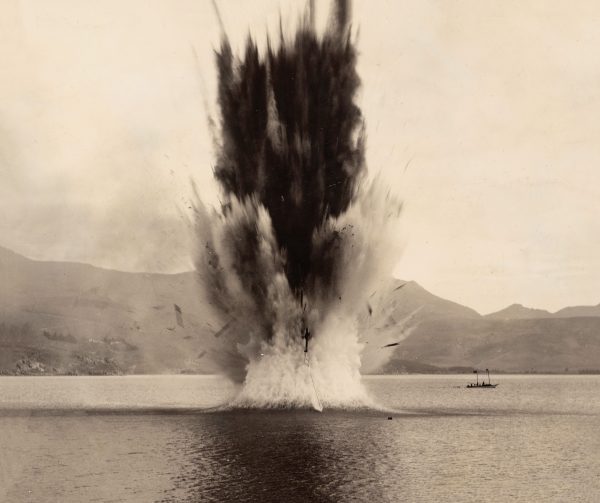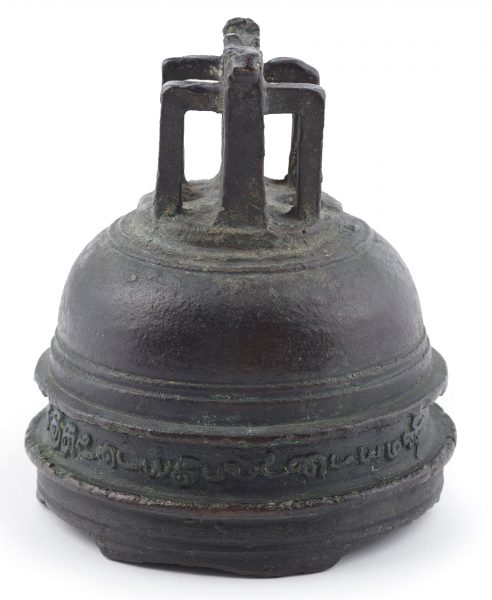Poles apart
New Zealand takes its first refugees.

The troopship USS General Randall docked in Wellington on October 31, 1944, after a two-week passage from Mumbai. On board were New Zealand soldiers returning from fighting in the Middle East, along with nurses and United States servicemen, a number of Chinese pilots, and 733 Polish children accompanied by 113 caregivers.
The next day, New Zealand Prime Minister Peter Fraser stepped aboard, accompanied by the Polish Consul-General Count Kazimierz Wodzicki and his wife, Countess Maria. It was the Polish contingent they were visiting—New Zealand’s first official refugees.
Victims of global war, they had been made homeless and stateless following the German invasion of Poland in 1939 and the subsequent occupation of Eastern Poland by the Soviet Union. They were among some 1.5 million Poles—including entire families—sent to brutal labour camps in Siberia. When, two years later, Germany invaded Russia, the Poles were granted amnesty and again forcibly moved, this time to British- and Russian-controlled Iran, in company with 77,000 malnourished soldiers of the newly formed Polish Army in Exile.
In June 1943, another transport ship, the USS Hermitage, had briefly anchored in Wellington Harbour on its way to Mexico with some 700 Polish refugees. Other refugees had found their way to Tanganyika, Kenya, Uganda, and India.
While visiting that ship, Countess Wodzicka conceived the idea of bringing a similar group to New Zealand. The Prime Minister’s wife, Janet Fraser, embraced the idea, and with support from the Polish Ministry of Social Welfare in London, arrangements were made to give some of the most vulnerable Polish children safe haven on the far side of the world.
On arrival, the children—most of them orphans or separated from fathers fighting in Italy—were taken by train to the northern Wairarapa town of Pahīatua, greeted en route by waving schoolchildren.
Army trucks then carried them to a nearby internment camp that had been modified for the purpose. Dubbed ‘Little Poland’, the camp was a self-contained colony, with boys’ and girls’ dormitories, ‘hutments’ for families, and four community dining halls, as well as more than 20 classrooms and three hectares of vegetable gardens.
It was expected that the children would return to their own country at the end of hostilities and, where possible, be reunited with surviving relatives. To help with this anticipated repatriation, all teaching at the camp was in Polish, as were some of the street names. However, events took a different course. At the end of the war, Britain and the United States agreed to the annexation of Eastern Poland by the Soviet Union—leaving many Poles feeling betrayed—and the rest of the country came under communist rule. It became clear that there was no future in Poland for the refugees at Pahīatua, and they were invited to make a life for themselves in New Zealand.
When the Polish Army was demobilised, many former servicemen, as well as other relatives, made their way to New Zealand from Africa, Britain and India to be reunited with their families. By then, many of the children had left the camp for local schools or to take up apprenticeships, forming Polish communities in Auckland and Wellington.

















